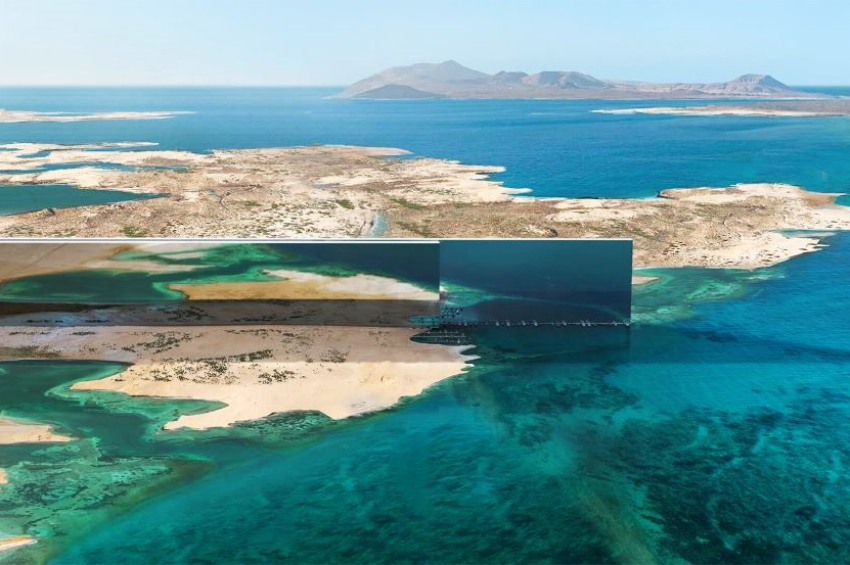Focaccia is not Italian and not even Roman food
Contrary to popular belief, focaccia is neither an Italian nor Roman invention. A recent study published in the journal Nature’s Scientific Reports reveals that this beloved bread originated in the Neolithic era, first baked in Mesopotamia around 9,000 years ago.
Researchers from the Autonomous University of Barcelona (UAB) and the University of La Sapienza in Rome have uncovered evidence that Late Neolithic communities in the Fertile Crescent, between 7000 and 5000 BC, developed sophisticated cooking techniques. Among these was the preparation of large, flavored flatbreads, akin to focaccia, baked on specialized clay trays known as husking trays.
More to read:
How did ancient people clean their teeth?
These trays, characterized by their oval bases, low walls, and textured surfaces, were crafted from coarse clay. Their distinctive grooves and markings facilitated the removal of baked loaves. Experimental archaeology using replicas of these trays and period-accurate ovens suggests that dough made from flour and water was baked at high temperatures - up to 420°C - for about two hours.
The resulting loaves, weighing around 3 kg, were likely intended for communal meals, UAB specified in a statement.

The area where prehistoric humans baked early bread and focaccia. Credit: UAB
More to read:
Nearly 2,220 years ago, Roman women marched to overturn an ancient law
The research combined phytolith analysis (examining plant silica residues) with organic residue testing. Key findings include: Cereal usage: Trays were used to process wheat (Triticum sp.) and barley (Hordeum sp.), ground into flour; Animal and plant Ingredients: Some trays contained traces of animal fats, while others showed evidence of plant-based seasonings; Cooking temperatures: Residue degradation aligned with conditions required for baking dough in domed ovens; Use-wear patterns: Surface analysis revealed residues specific to bread and seasoned focaccia.
“Our study offers a vivid picture of communities using the cereals they cultivated to prepare breads and ‘focaccias’ enriched with various ingredients and consumed in groups,” Sergio Taranto, lead author of the study, was quoted as saying.
The study further indicates that this culinary tradition – baking and eating focaccia together within the community - endured for six centuries and was practiced across a wide region of the Near East.
This ancient practice has survived through our times and focaccia – or whatever it’s called in various languages – is still a popular meal in many cultures.
***
NewsCafe relies in its reporting on research papers that need to be cracked down to average understanding. Some even need to be paid for. Help us pay for science reports to get more interesting stories. Use PayPal: office[at]rudeana.com or paypal.me/newscafeeu.







